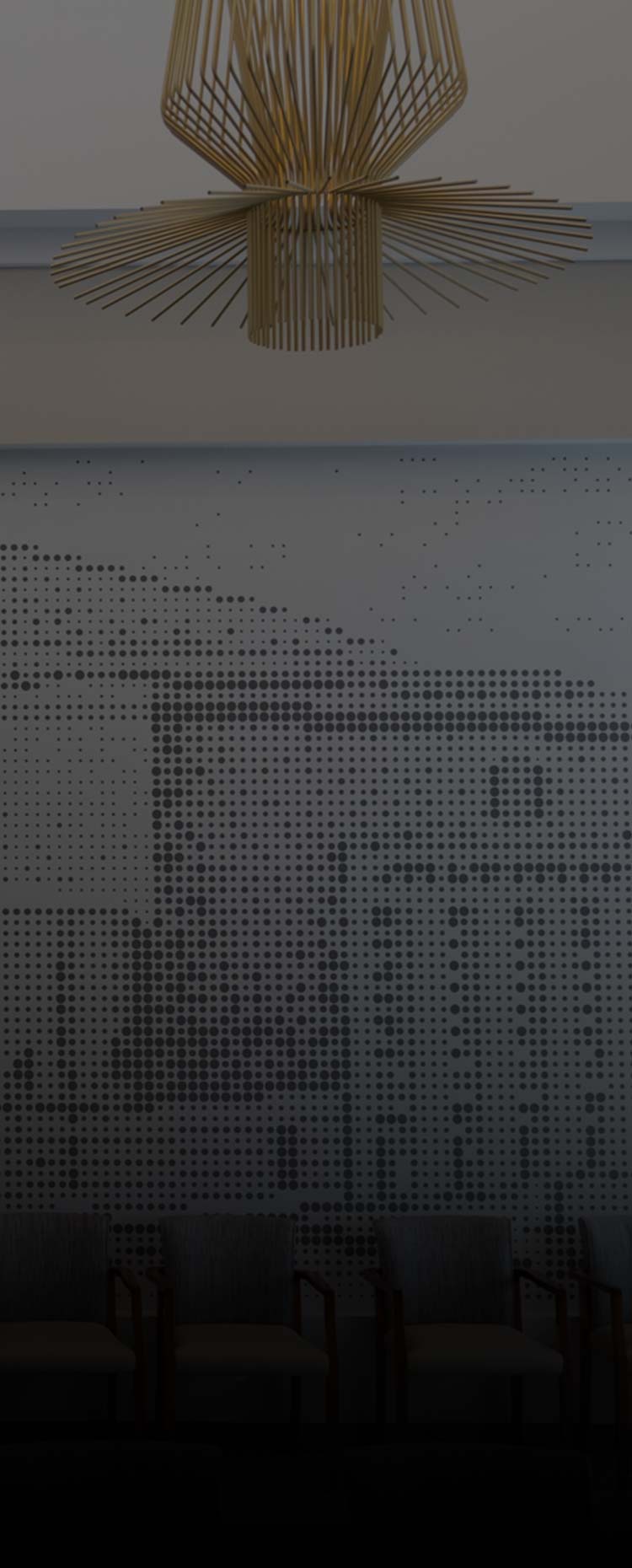Our goal is to provide a website that is accessible to the broadest possible audience, regardless of ability.
To fulfill this, we aim to adhere to the World Wide Web Consortium’s (W3C) Web Content Accessibility Guidelines 2.1 (WCAG 2.1) at the AA level, which provide guidelines on how to make web content accessible to people with a wide array of disabilities. The guidelines address how to make our website accessible to blind people, people with motor impairments, visual impairment, cognitive disabilities, and more.
This website utilizes various technologies that are meant to make it as accessible as possible. We utilize an accessibility interface that allows persons with specific disabilities to adjust the website’s user interface (UI) and design it to their personal needs.
Additionally, the website utilizes an AI-based application that runs in the background and optimizes its accessibility level constantly. This application remediates the website’s HTML, adapts its functionality and behavior for screen-readers used by blind users, and for keyboard functions used by individuals with motor impairments.
If you wish to contact the website’s owner please use the following email cminer@phillipslytle.com
Our website implements the ARIA attributes (Accessible Rich Internet Applications) technique, alongside various behavioral changes, to allow blind users visiting the website with screen-readers to read, comprehend, and enjoy its functions. As soon as a user with a screen-reader enters our site, they receive a prompt to enter the Screen-Reader Profile so they can browse and operate our site effectively. Here’s how our website covers some of the most important screen-reader requirements:
Additionally, the background process scans all of the website’s images. It provides an accurate and meaningful image-object-recognition-based description as an ALT (alternate text) tag for images that are not described. It will also extract texts embedded within the image using an OCR (optical character recognition) technology. To turn on screen-reader adjustments at any time, users need only to press the Alt+1 keyboard combination. Screen-reader users also get announcements to turn on the Screen-reader mode when they enter the website.
These adjustments are compatible with popular screen readers such as JAWS, NVDA, VoiceOver, and TalkBack.
Additionally, keyboard users will find content-skip menus available at any time by clicking Alt+2, or as the first element of the site while navigating with the keyboard. The background process also handles triggered popups by moving the keyboard focus towards them as soon as they appear, not allowing the focus to drift outside.
Users can also use shortcuts such as “M” (menus), “H” (headings), “F” (forms), “B” (buttons), and “G” (graphics) to jump to specific elements.
We aim to support as many browsers and assistive technologies as possible, so our users can choose the best fitting tools for them, with as few limitations as possible. Therefore, we have worked very hard to be able to support all major systems that comprise over 95% of the user market share, including Google Chrome, Mozilla Firefox, Apple Safari, Opera and Microsoft Edge, JAWS, and NVDA (screen readers), both for Windows and MAC users.
Despite our very best efforts to allow users to adjust the website to their needs, there may still be pages or sections that are not fully accessible, are in the process of becoming accessible, or are lacking an adequate technological solution to make them accessible. Still, we are continually improving our accessibility, adding, updating, improving its options and features, and developing and adopting new technologies. All this is meant to reach the optimal level of accessibility following technological advancements. If you wish to contact the website’s owner, please use the following email cminer@phillipslytle.com

Receive firm communications, legal news and industry alerts delivered to your inbox.
Subscribe Now